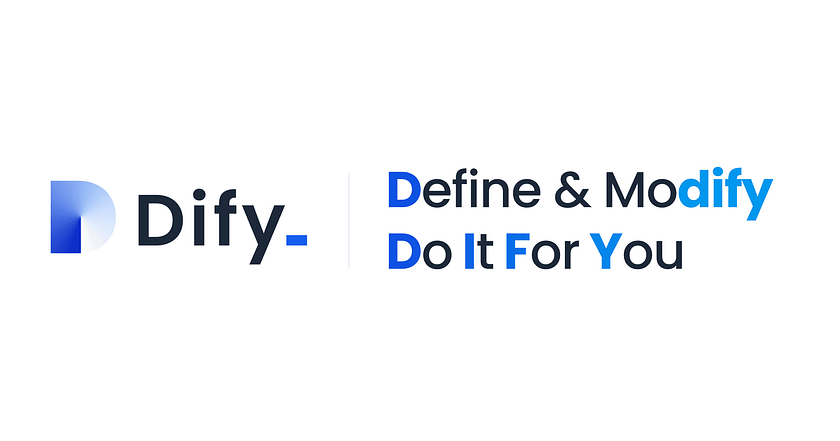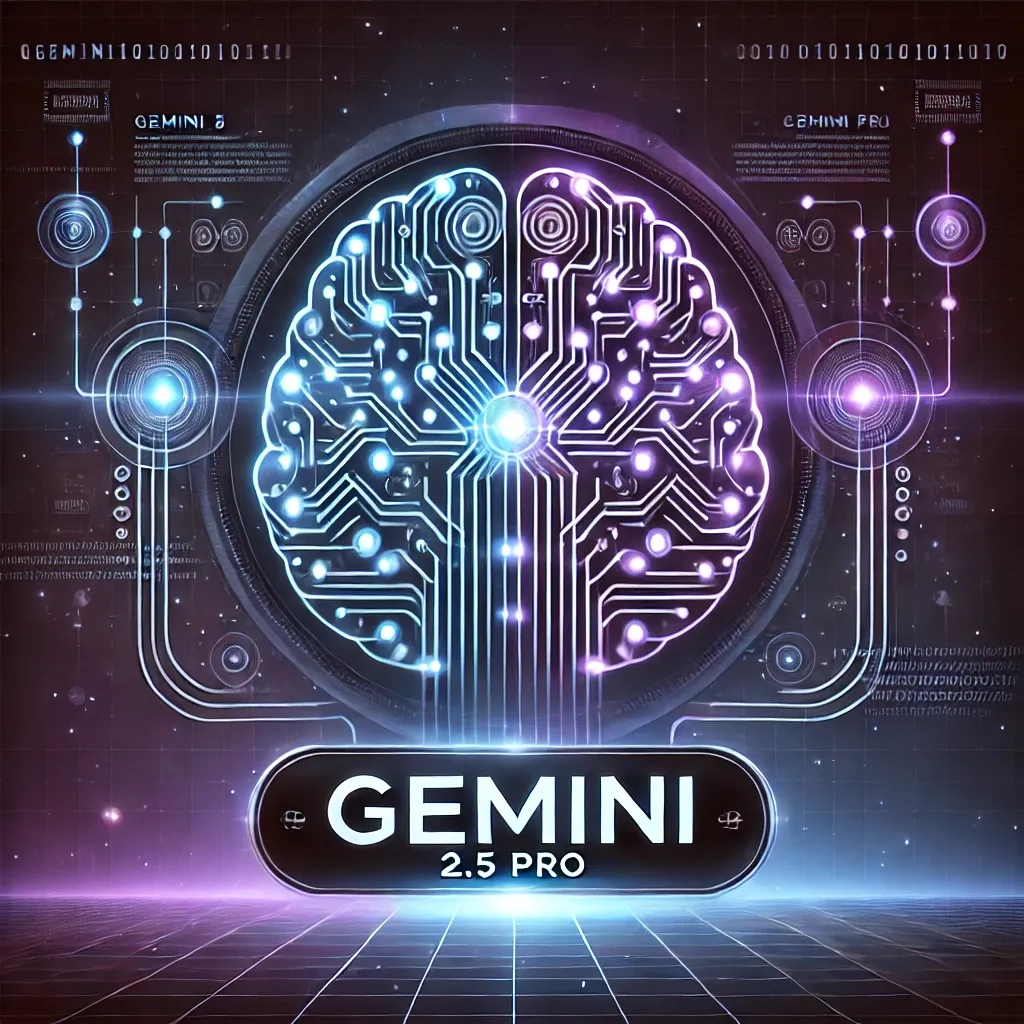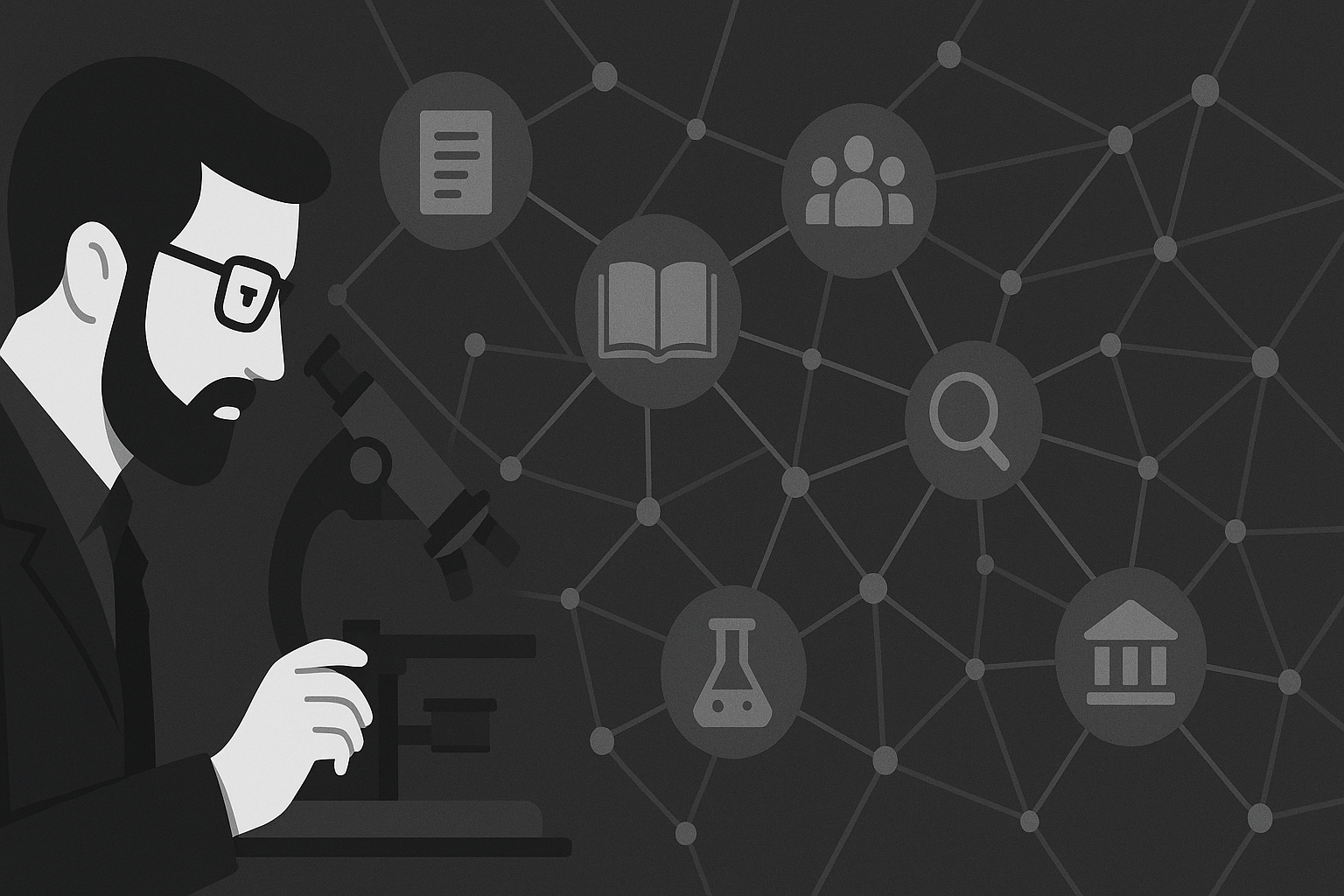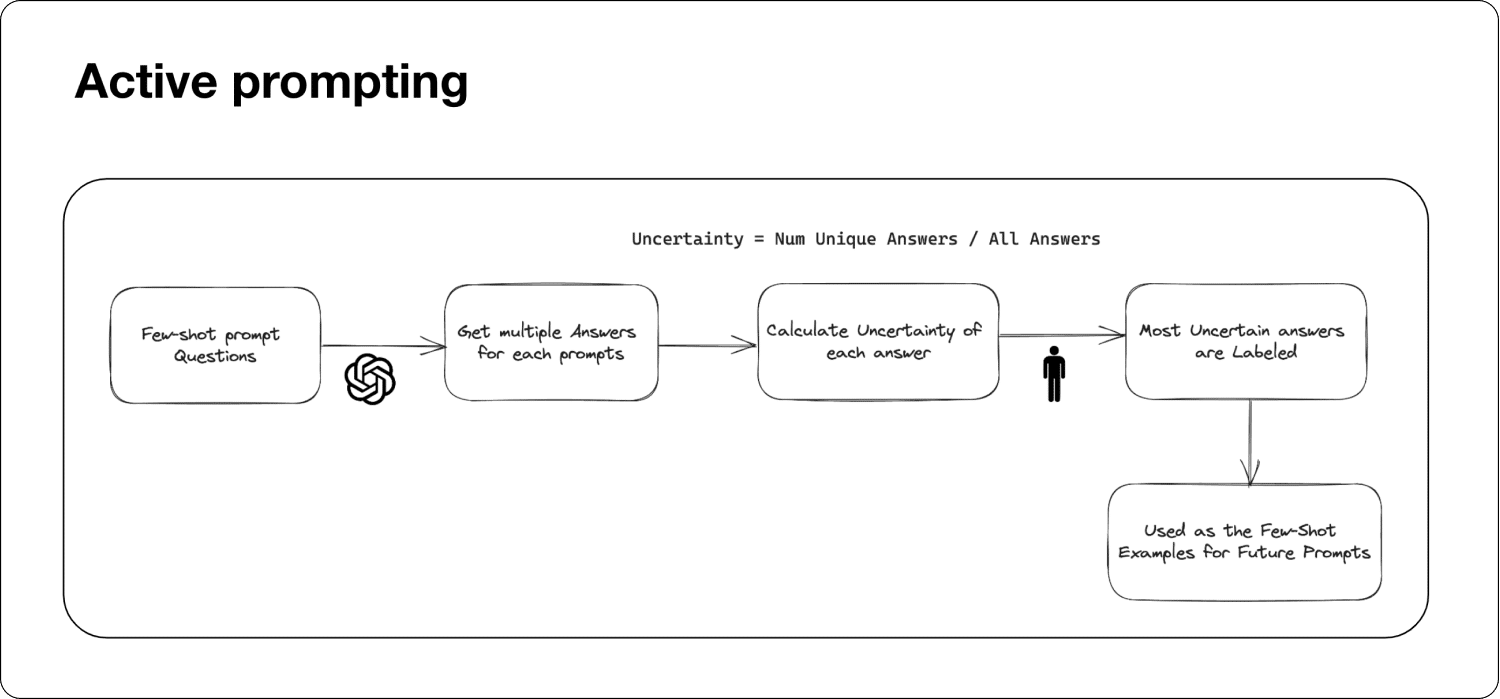
Introduction In April 2025, Meta AI released Llama 4, the latest iteration of its open-weight large language models (LLM) family. Building on the success of its predecessors, Llama 4 introduced groundbreaking features like native multimodal capabilities, an innovative Mixture of Experts (MoE) architecture, and an unprecedented context window of up to 10 million tokens.









